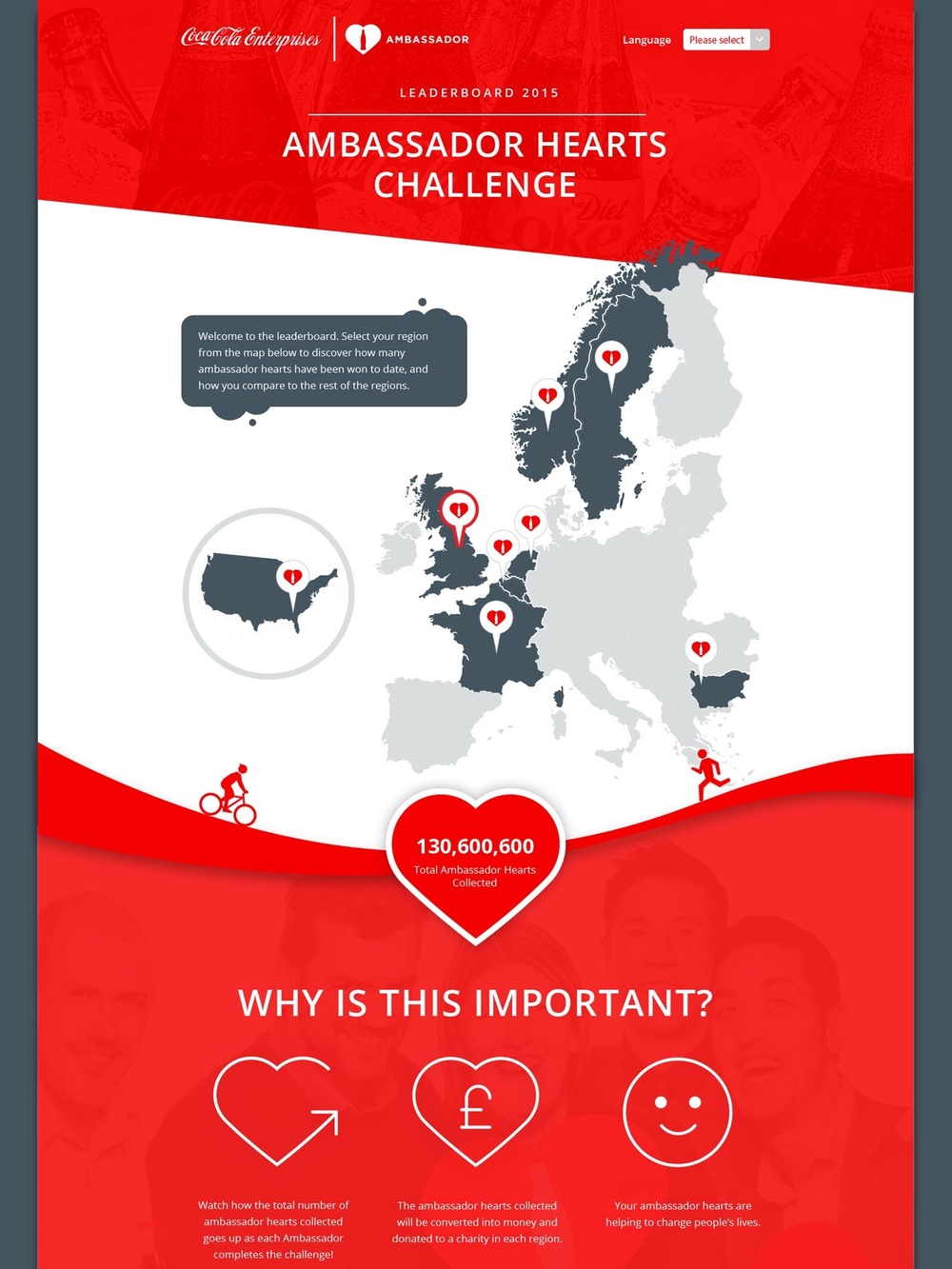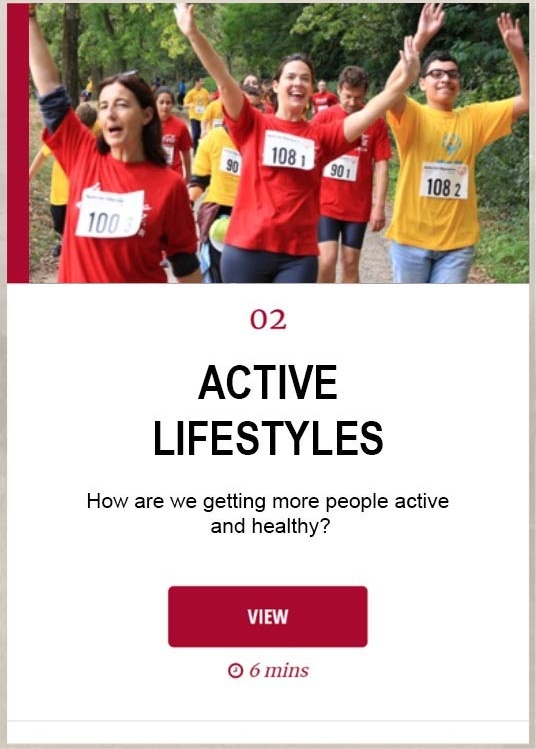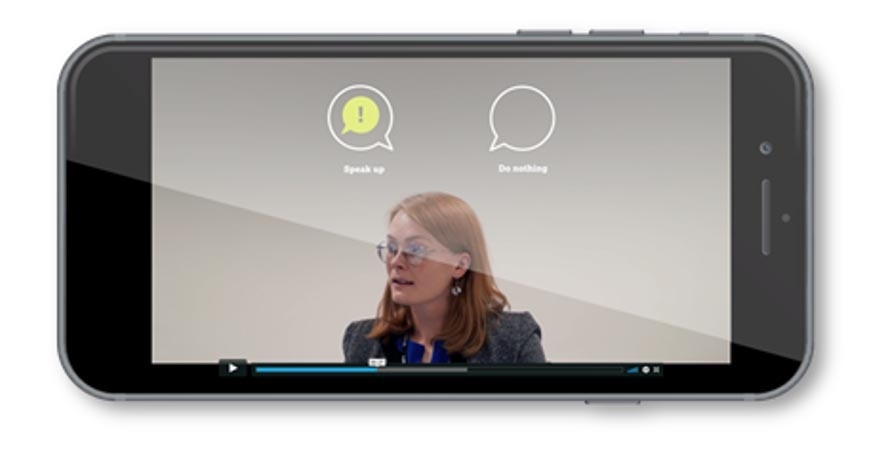5 Science-Based Hacks to Maximise Learner Engagement

Learning is a process that involves your learners’ cognitive reasoning and emotional processing. But much of this is going on subconsciously, so how can you design for it and increase learner engagement? Here are five science-based hacks to amplify engagement, informed by our recent conversations with educational neuroscientist Paul Howard-Jones.
Hack 1: Know thy nucleus accumbens (AKA the reward centre)
People have a surprising capacity for attention – but it all depends on how engaged they are.
The ‘reward centre’ of our brains includes a small structure called the nucleus accumbens, which activates the more we want something. This has a powerful effect on continued engagement as the more we desire something, the more we stick with it.
To hack the reward centre:
- Offer praise. Humans love praise or the anticipation of personalised recognition. Praise can come from real people, virtual avatars, or colleagues in a social learning context.
- Offer points, badges, and rewards for successful attempts at a scenario. Couple this with explanatory feedback (describing why something was correct or incorrect) to boost learning.
- Offer rewards in the real environment. Consider ‘performance gamification,’ rewarding on-the-job behaviours in the moment, as a method to improve accuracy or customer service.
Check out our podcast: Why are games so good for learning?

Hack 2: Game the subconscious
For digital learning to connect, we need to appreciate that the brain is doing a lot of hard work before we’re consciously aware of it.
Visual information is processed by the brain automatically as it begins to make sense of layout, colour, text, density, and familiarity.
To hack this, assign prominence to visual elements. For example:
- To influence tone and mood, use a dominant colour or evocative image.
- To guide attention towards reading, make titles large, descriptive, or pose as a question.
- To motivate interaction, make buttons a dominant colour.
Consider this image.
What information catches your eye first?
What mood does it elicit?.
Elearning for the Red Cross, by Sponge.

Hack 3: Give learners agency
We’ve said it before, but learning styles are an unhelpful neuromyth.
If you want to increase learner engagement, it’s far better to give people choice and agency. Agency is key to motivation, and this is a quick and easy hack to lift your programme, promote autonomy, and improve transfer.
What meaningful choices might people value? Here are some ideas:
- Choosing how to navigate the course.
- Choosing different methods of seeing the same information to vary representations and strengthen memory.
- Choosing how to tackle a challenge in a simulation or scenario.
- Self-diagnosing skills gaps and choosing topics according to personal needs and wants.
- Choosing to set aside dedicated time to use their skills through pledge-making.

Business simulations are one way to drive agency through choice-making, like this one we created for GSK.
Find out more about learning simulations.
How we helped GSK connect a global workforce with a business simulation.
Hack 4: Make it social
Social learning can help people engage because we’re primates with high oxytocin levels. What does that mean? It means we pay a lot more attention to our in-group and that we’re able to share attention towards a common goal.
To boost engagement using online social learning, try:
- Creating learning campaigns on corporate social platforms.
- Providing crowd-sourced polls and feedback within elearning courses.
- Rewarding contribution to curated knowledge forums.
- Experimenting with virtual meetups using online networking platforms like WorkAdventure or virtual reality tools like AltspaceVR.
Sponge launched a suite of interactive of videos on WeChat and Workplace at a global pharmaceutical company, igniting the conversation across the globe.
Learn more about social learning in this blog.
Discover our award-winning social learning campaign with AstraZeneca.

Hack 5: Once upon a time…
“Reading is often seen as a passive act: we lie back and let writers pipe joy into our brains. But this is wrong. When we experience as story, our minds are churning, working hard.”
This quote from Jonathan Gottschall taken from The Storytelling Animal, describes how actively we pay attention when bewitched by a good story.
To capture people’s attention using story within learning, consider:
- Interviewing and sharing authentic colleague experiences.
- Creating videos that illuminate nuanced workplace situations, like inclusion or ethics.
- Using imagination techniques in learning production to conjure fresh ideas, like automatic writing or re-expression.
- Building interactive stories that give agency to learners with conflicts to overcome.
- Inviting user-generated stories or perspectives from a cohort.

Film developed for Weir Group using silent stories to support diversity.
See how we used stories to empower a diverse workforce at Weir Group.
Take-aways for learning leaders
Engagement is the gateway to learning. Achieving it is not about offering shiny distractions, but rather drawing people towards relevant, empowering, and connective opportunities to make meaning.
These hacks will keep your people engaged, and are especially potent for transformational learning where real change is needed:
- Include praise, points, and recognition to activate the brain’s reward centre.
- Use information hierarchy to draw attention to salient information.
- Give people agency and choice so their experience is personal and meaningful.
- Leverage social groups for idea sharing and building new representations.
- Embrace stories to captivate and encourage transfer to new contexts.